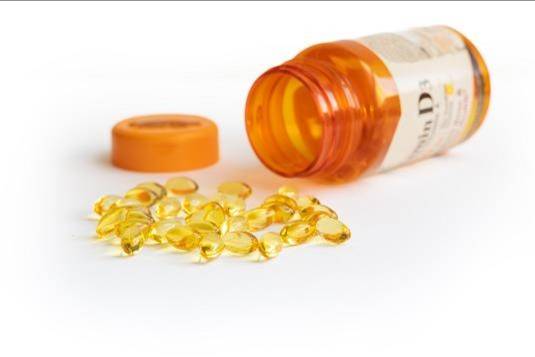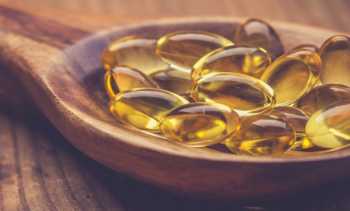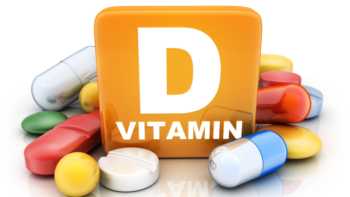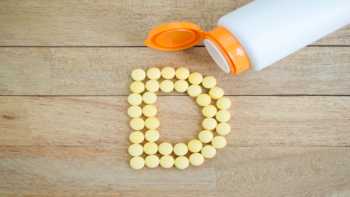Our Members Asked:
What is the best source of vitamin D3 -- from lanolin in sheep's wool or from fish oil?

Answer:
Vitamin D3 (cholecalciferol) from either source is the same compound. As explained in the What It Is section of the Vitamin D Supplements Review, vitamin D3 in most supplements has been chemically converted from a compound in lanolin, while that in fish oil is naturally produced (also by conversion of the same compound). Vitamin D3 from lanolin is just pennies per dose and is a less expensive source than from fish oil. Because vitamin D is best absorbed when taken with fats or oils, getting it from fish oil helps assure better absorption, but this can also be achieved by taking vitamin D with a meal which contains some fats/oils.
Eating fish can also be a great source of vitamin D. Sockeye (red) salmon is particularly rich in vitamin D and, interestingly, canned fish provides more vitamin D per ounce than cooked fish. For example, in a 3 ounce serving, canned sockeye salmon averages 716 IU of vitamin D versus 444 IU in cooked sockeye salmon (see our Canned Fish Review for more details).
In online forums some people allergic to wool have reported allergic reaction to taking vitamin D3, particularly at larger doses. There does not seem to be scientific research on this topic, but, if this is of concern, you can take vitamin D2. It may not be quite as effective as vitamin D3 at raising blood levels, but it can certainly help.
You can learn more about vitamin D3 vs. vitamin D2, appropriate dosage, and see which products are best quality and value in the Vitamin D Supplements Review >>
Join today to unlock all member benefits including full access to all CL Answers and over 1,400 reviews.
Join NowAlready a member? Sign In Here.
Join now at www.consumerlab.com/join/










Submit your comment
This feature is restricted to active members.
Join now to add comments and get all member benefits, including over 1,400 reviews.
Join NowAlready a member? Sign in here.